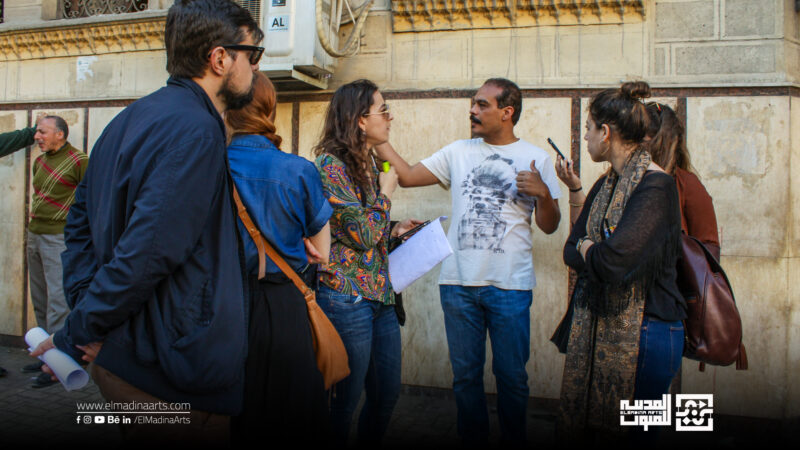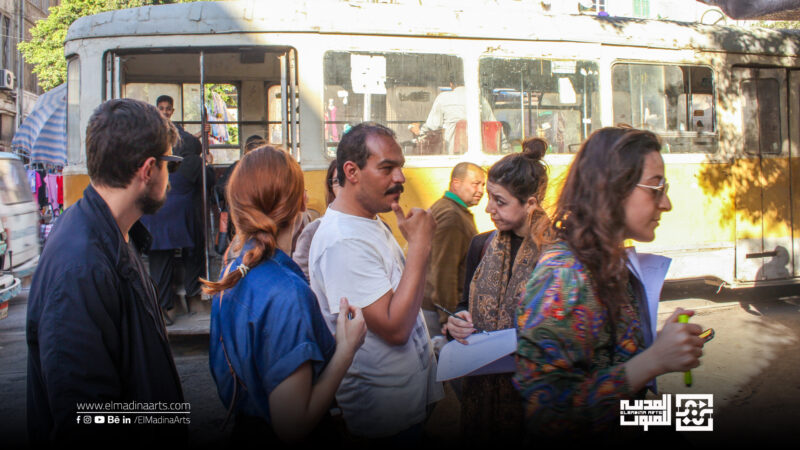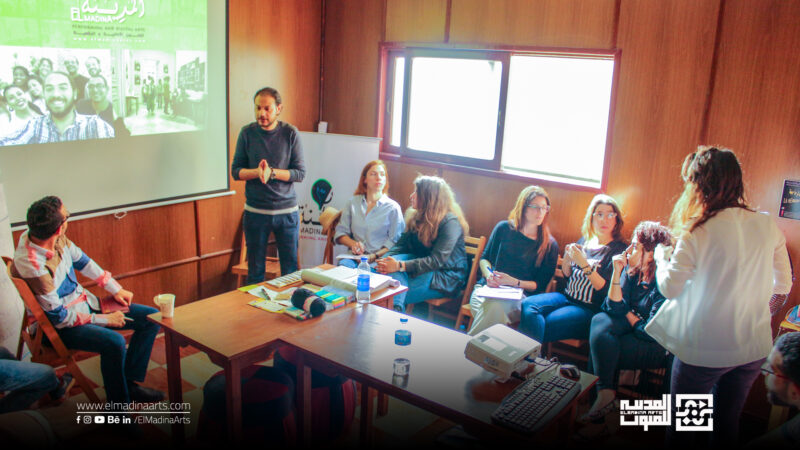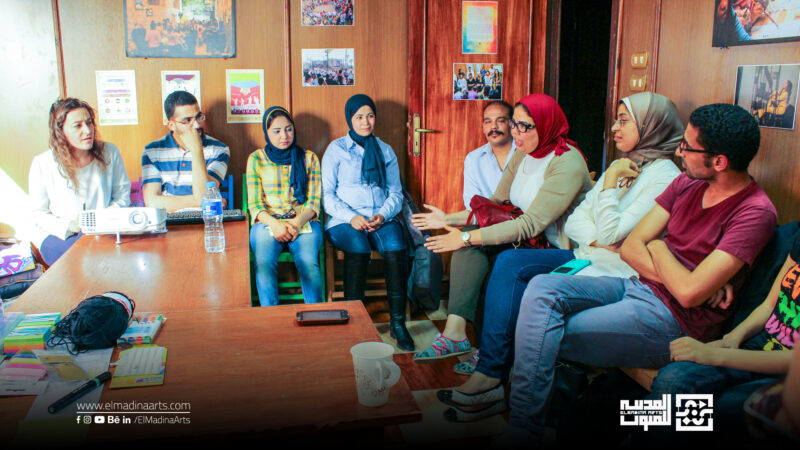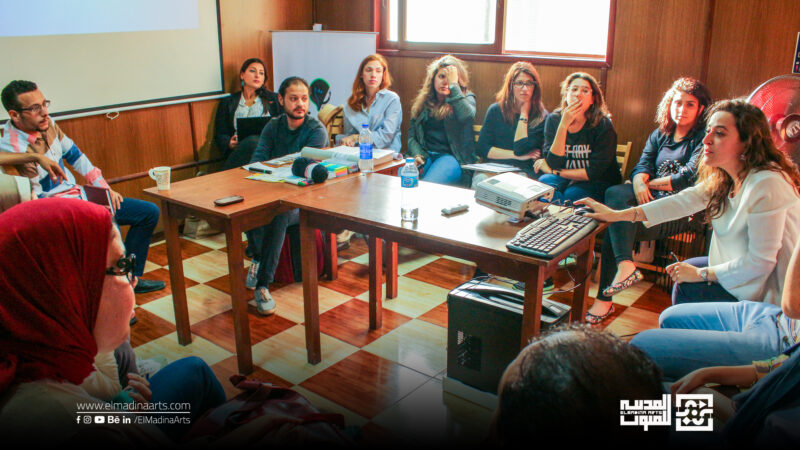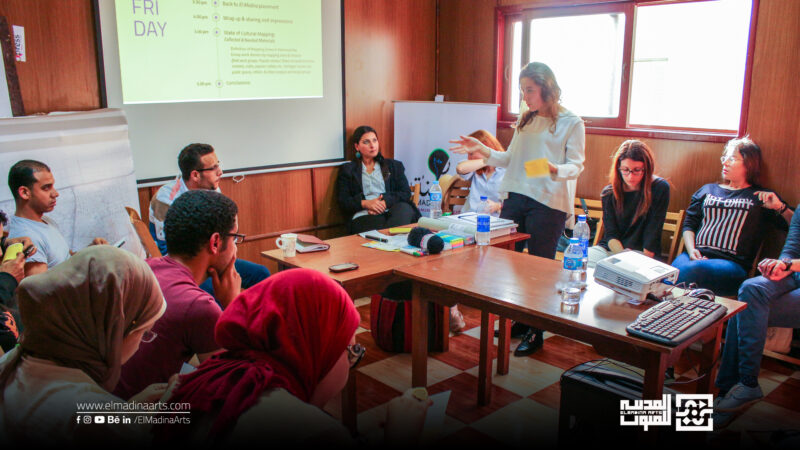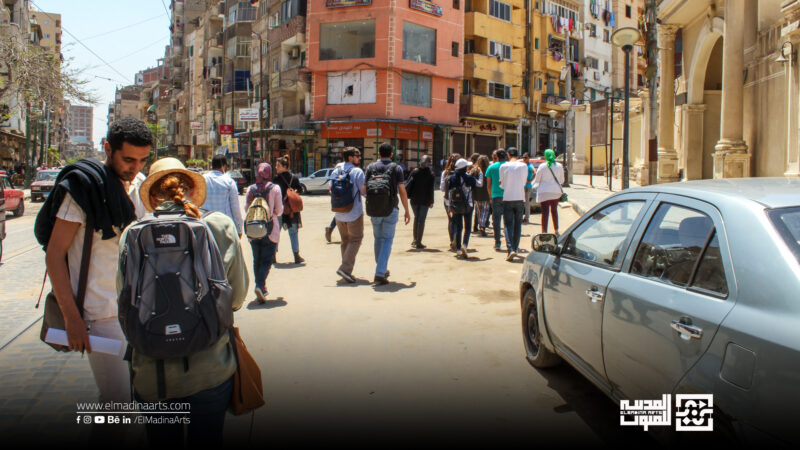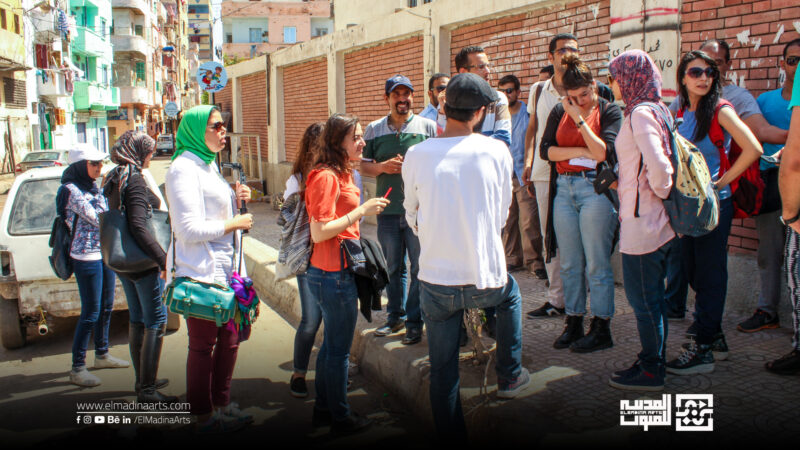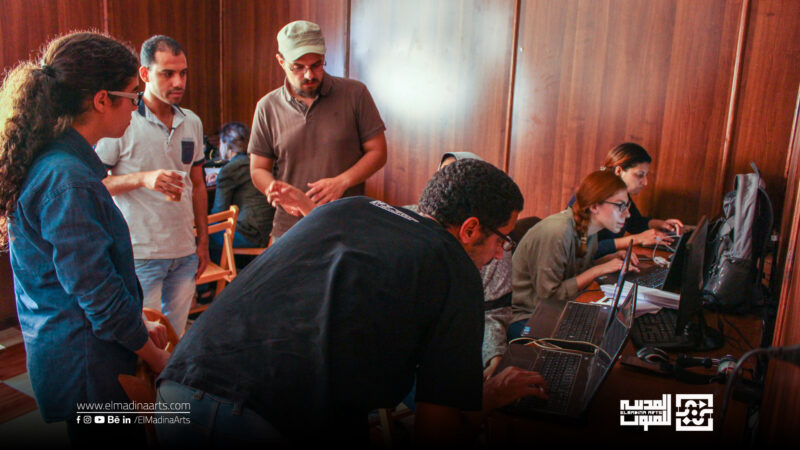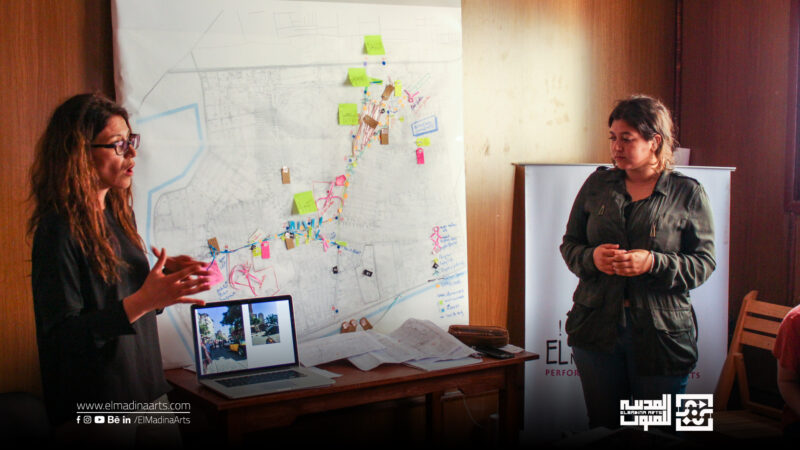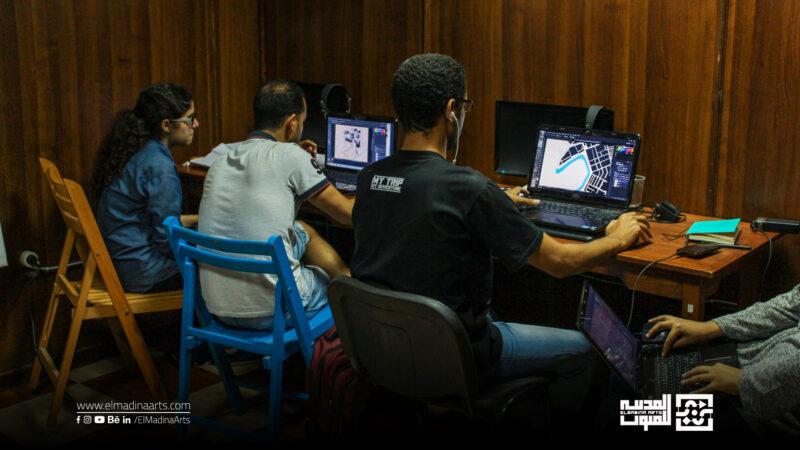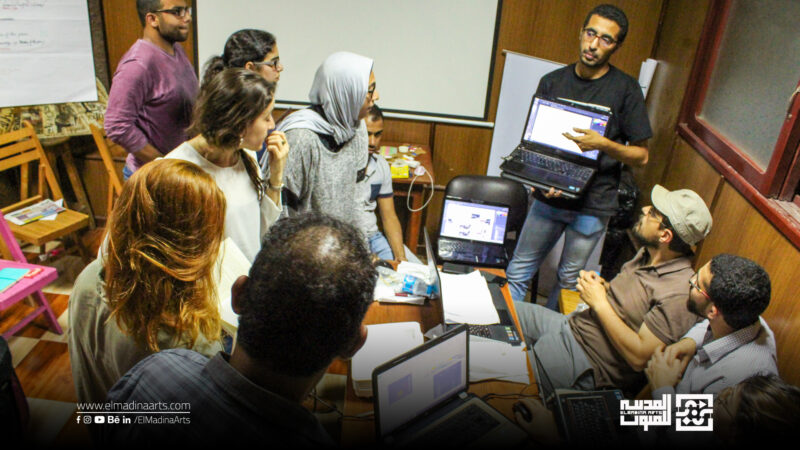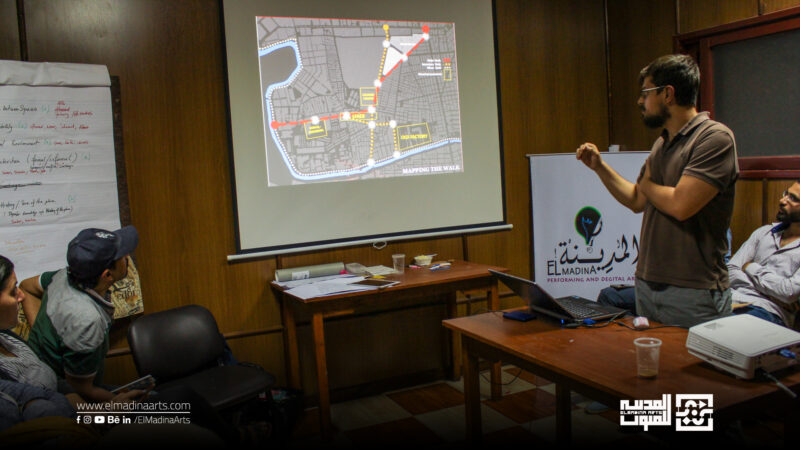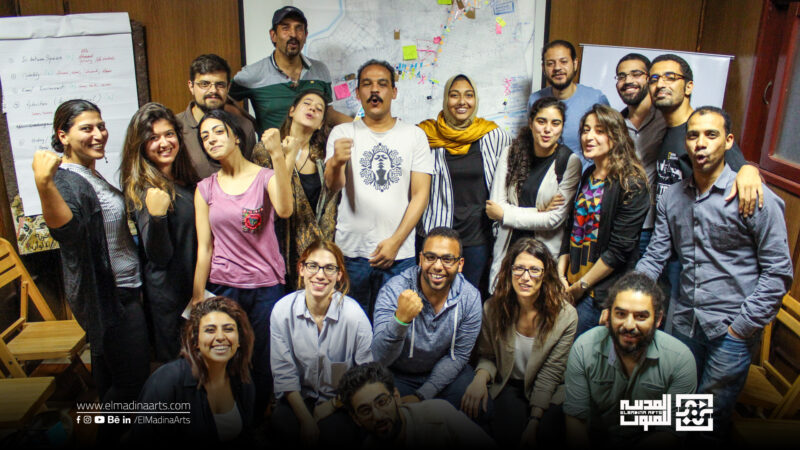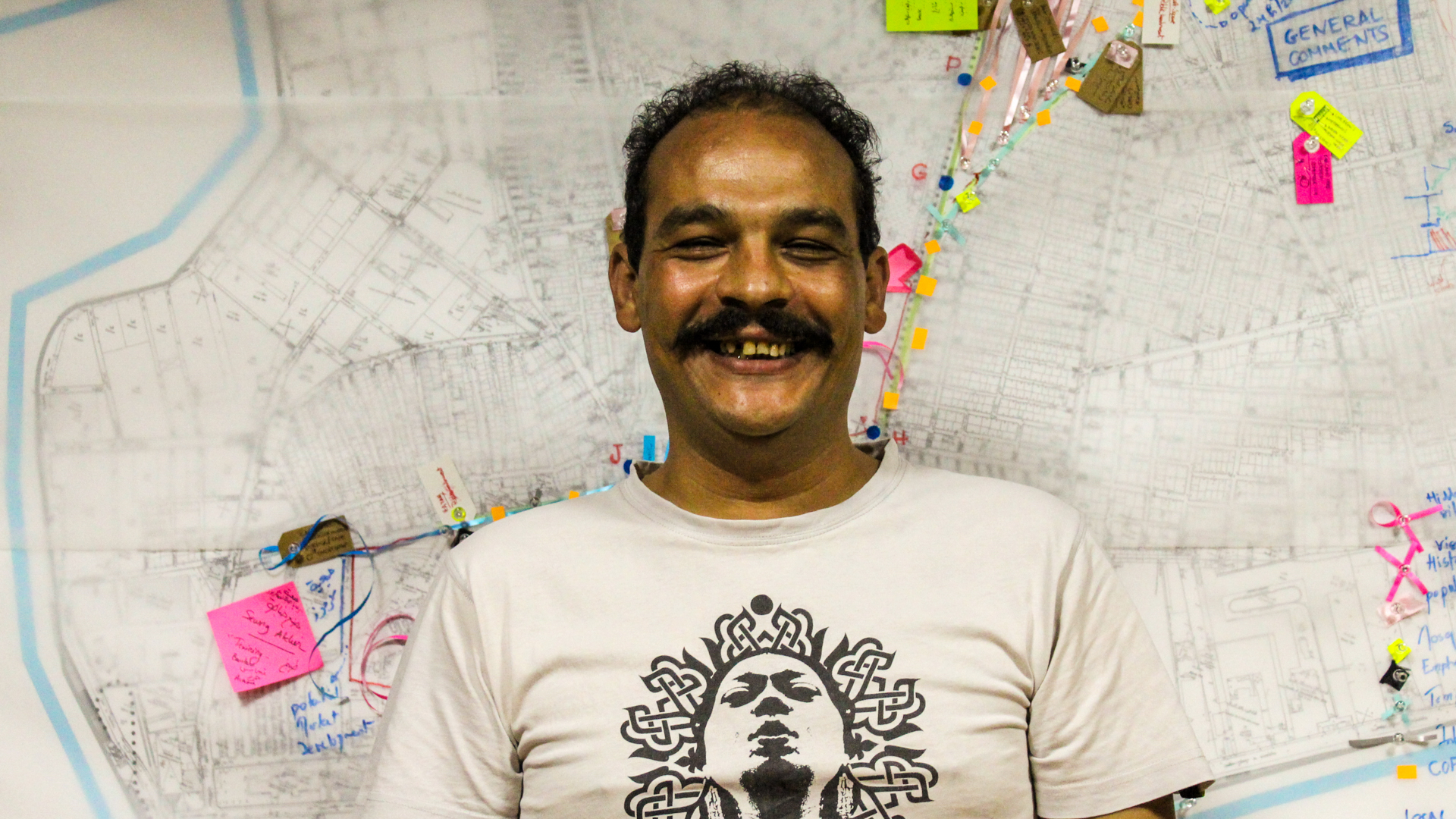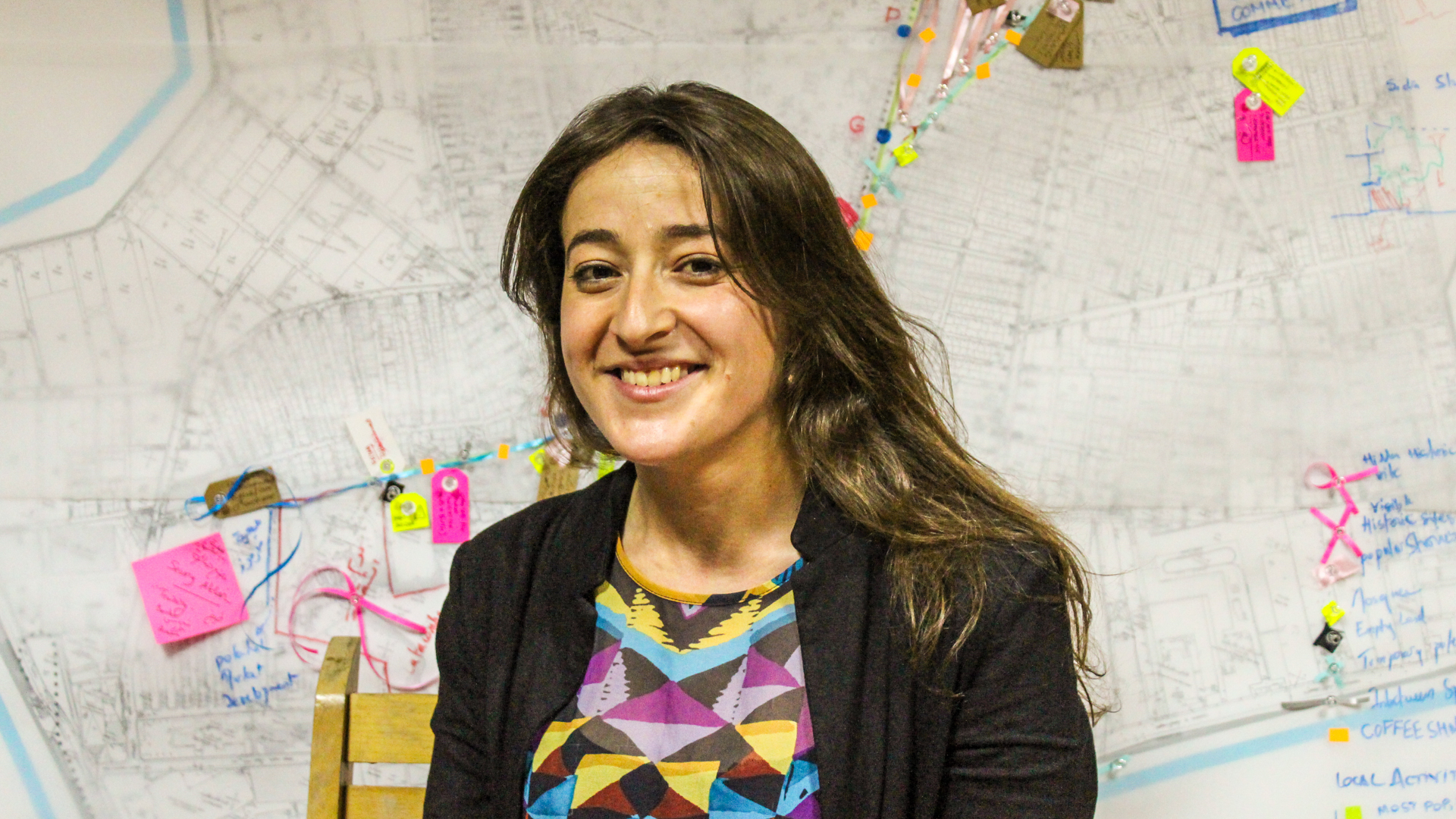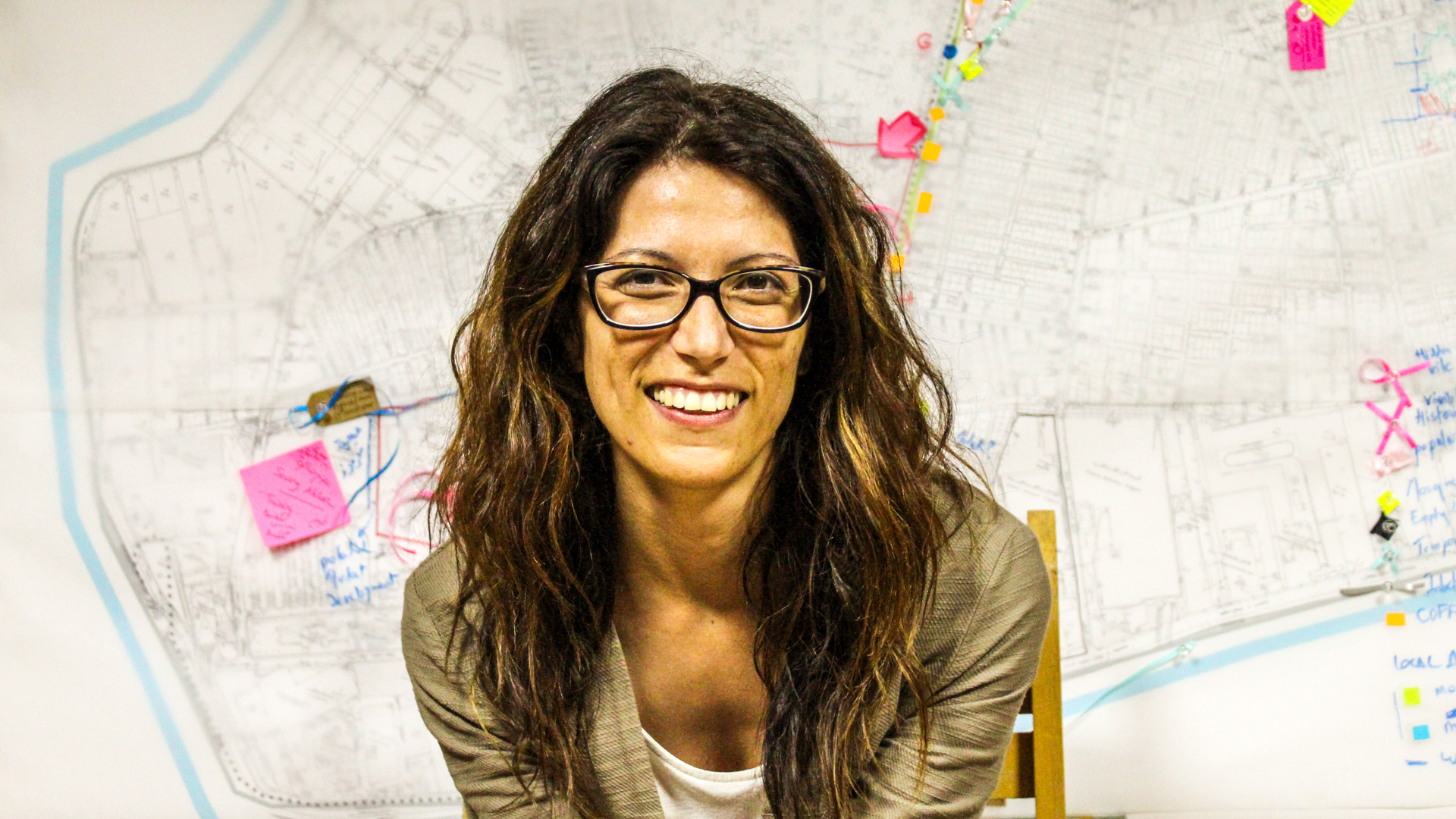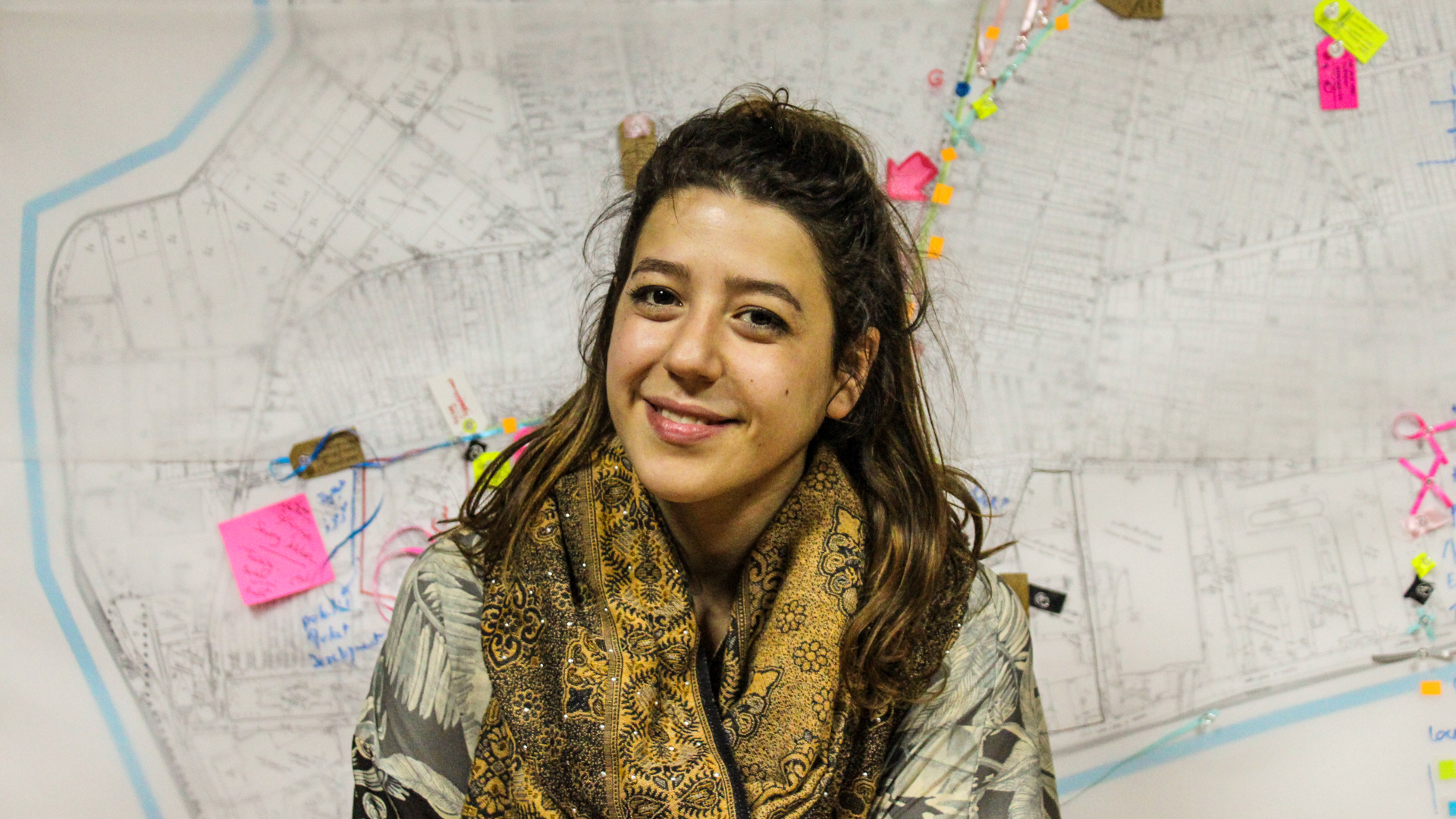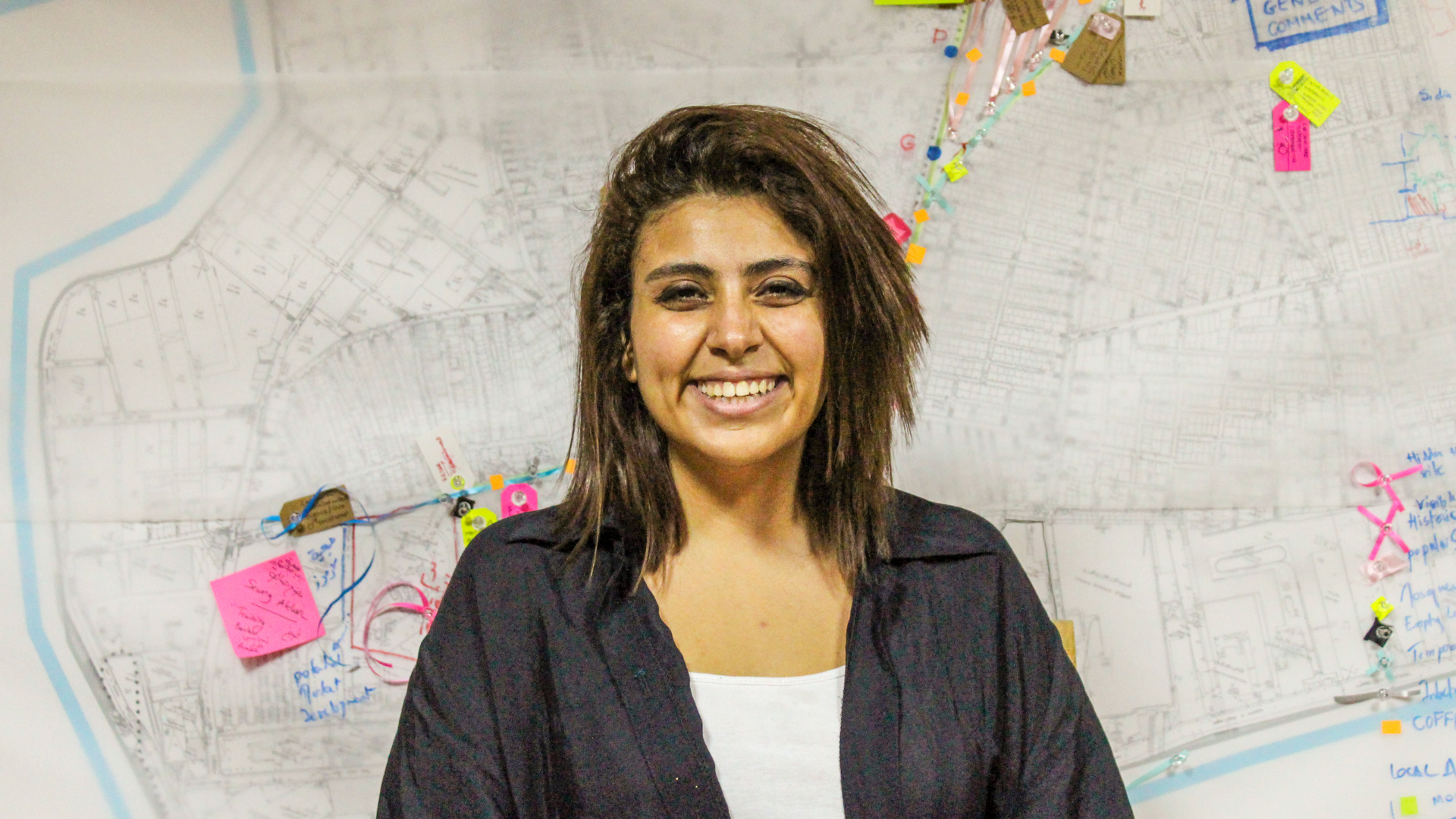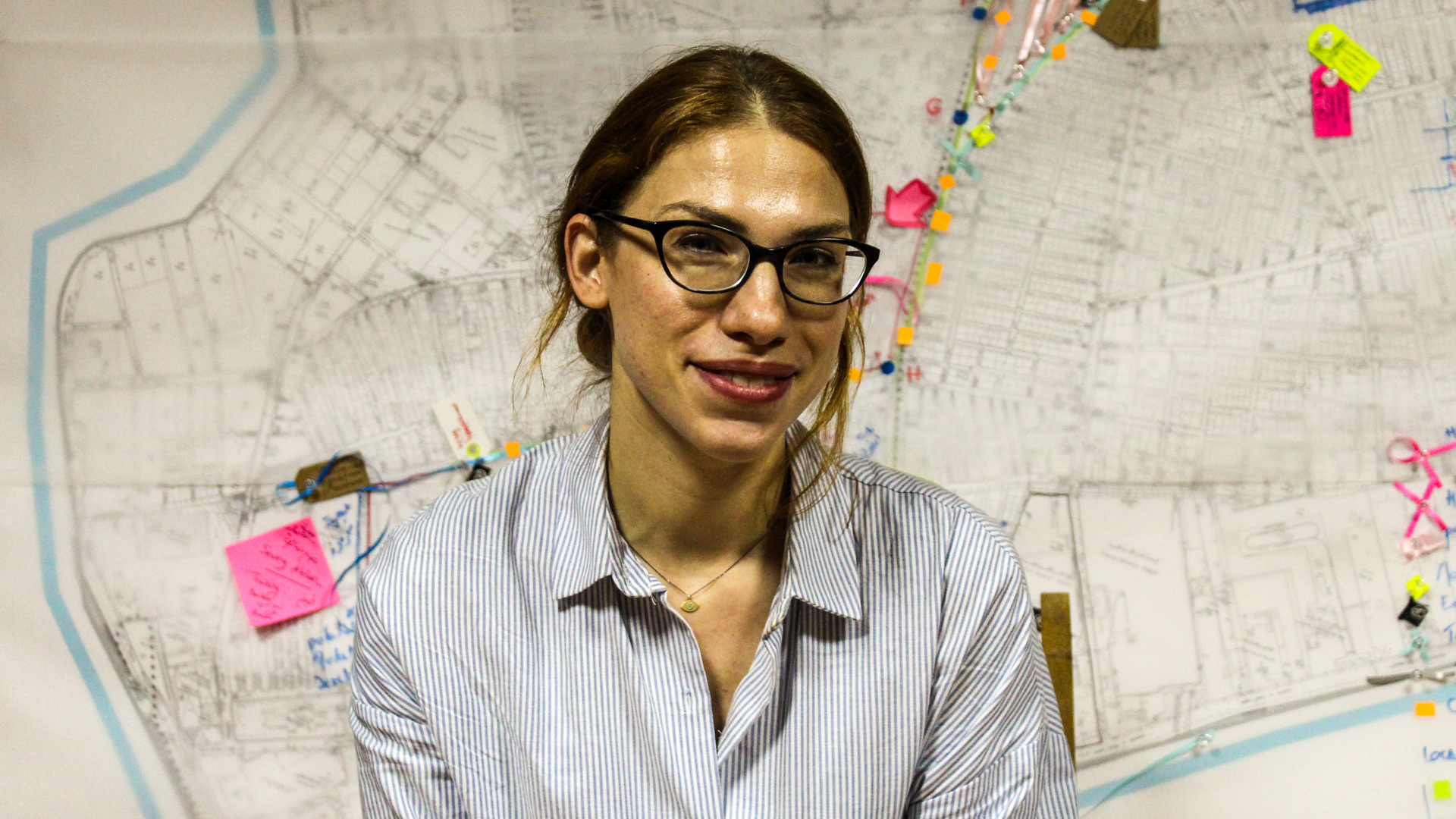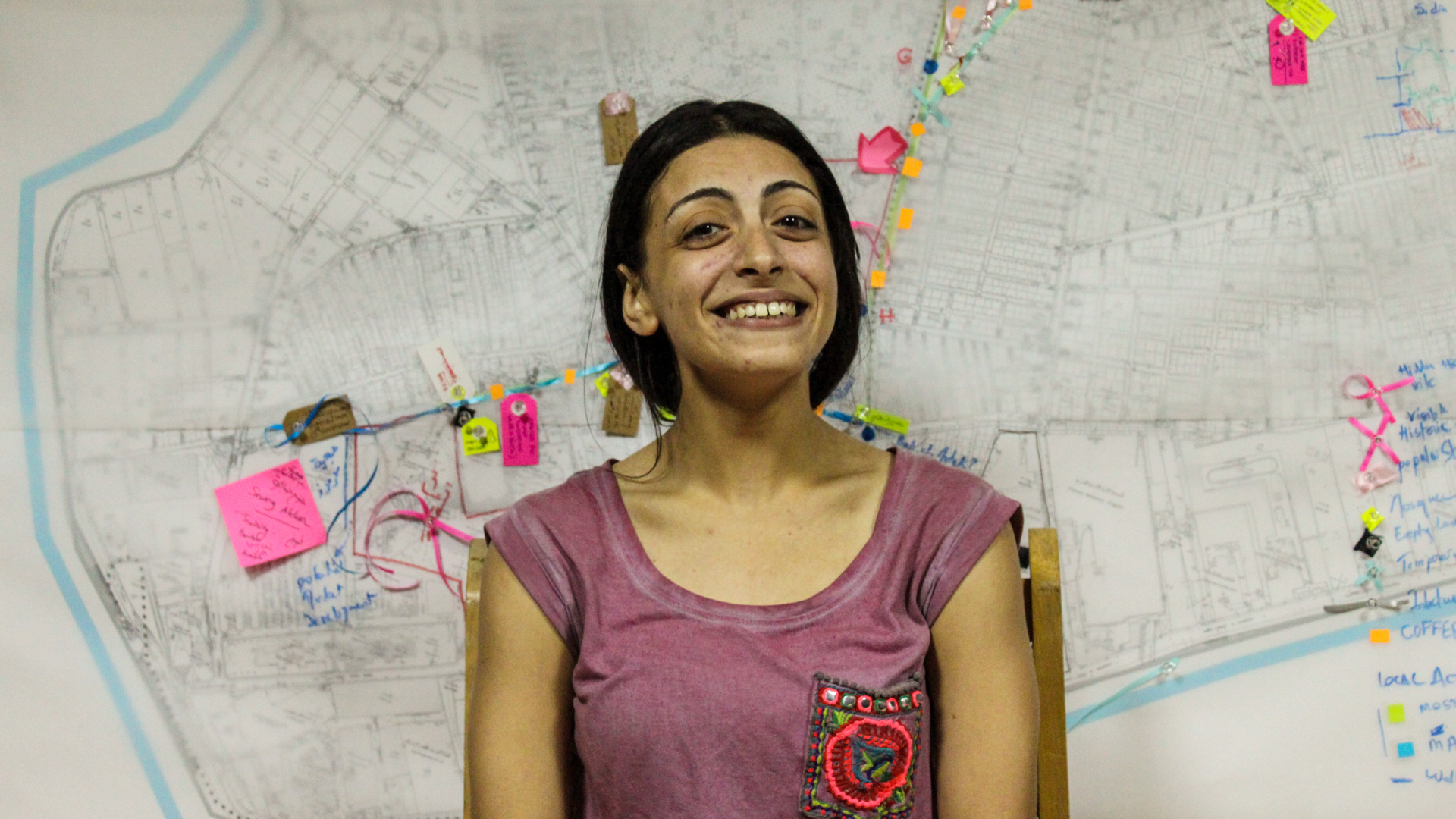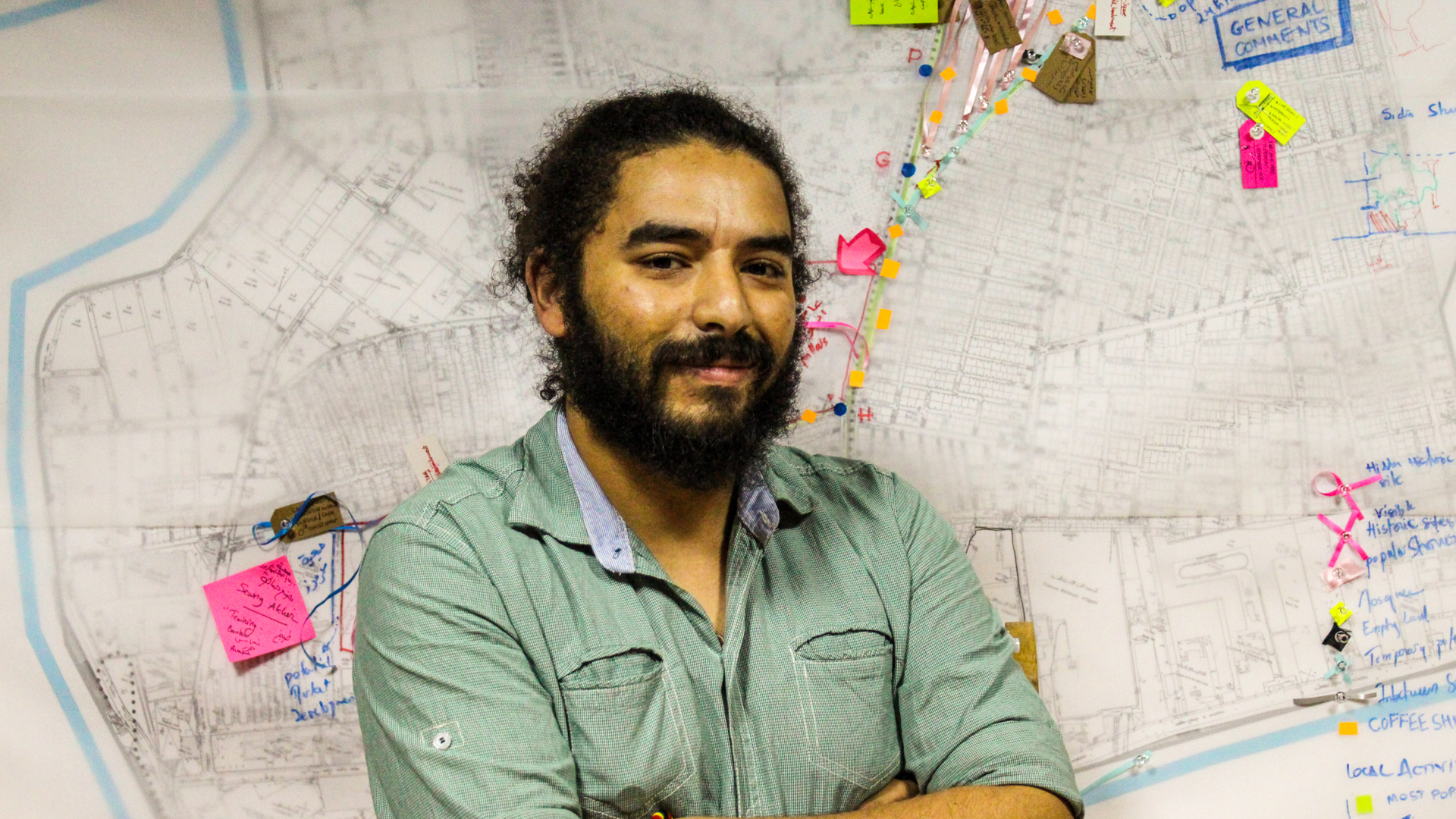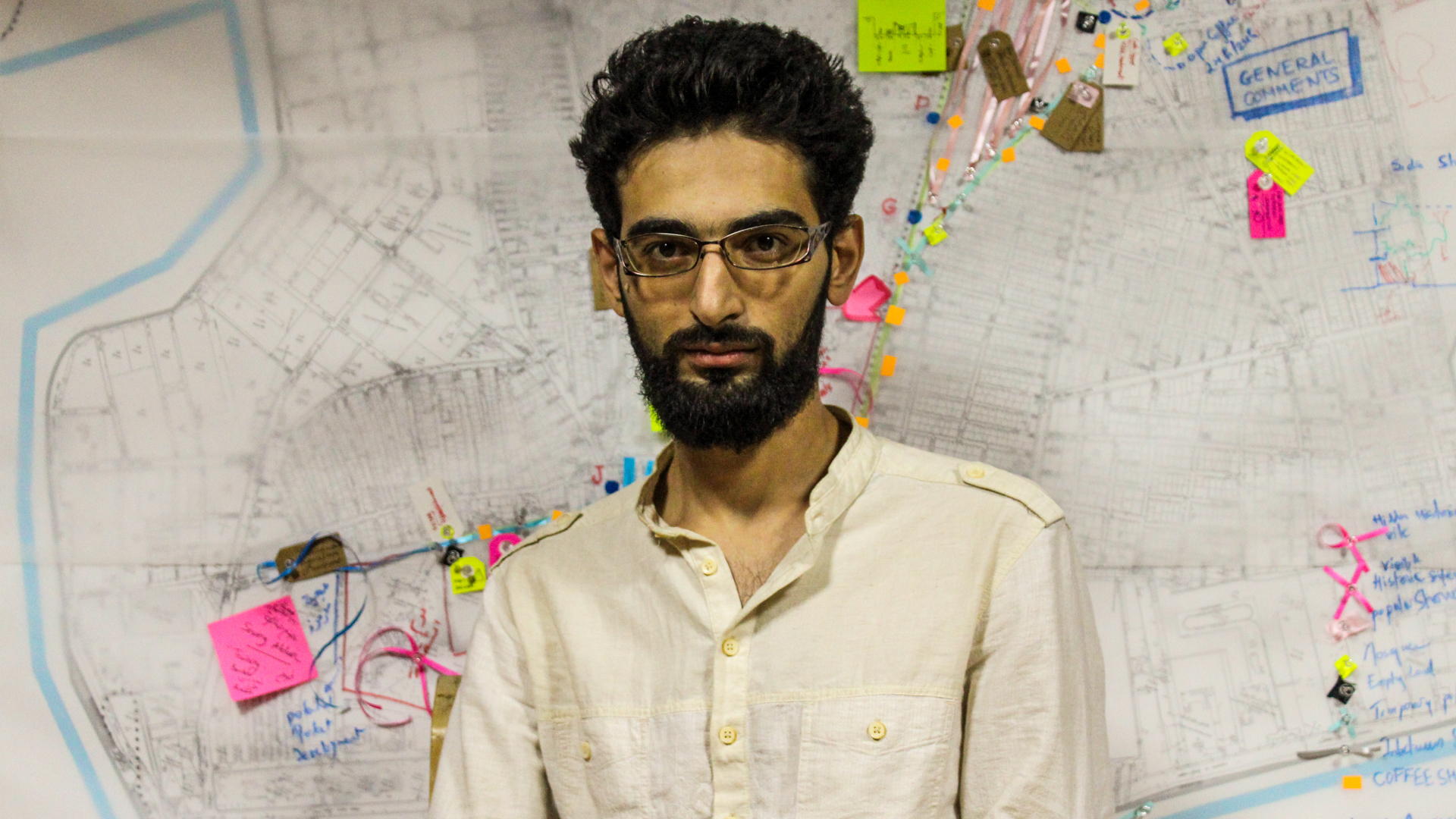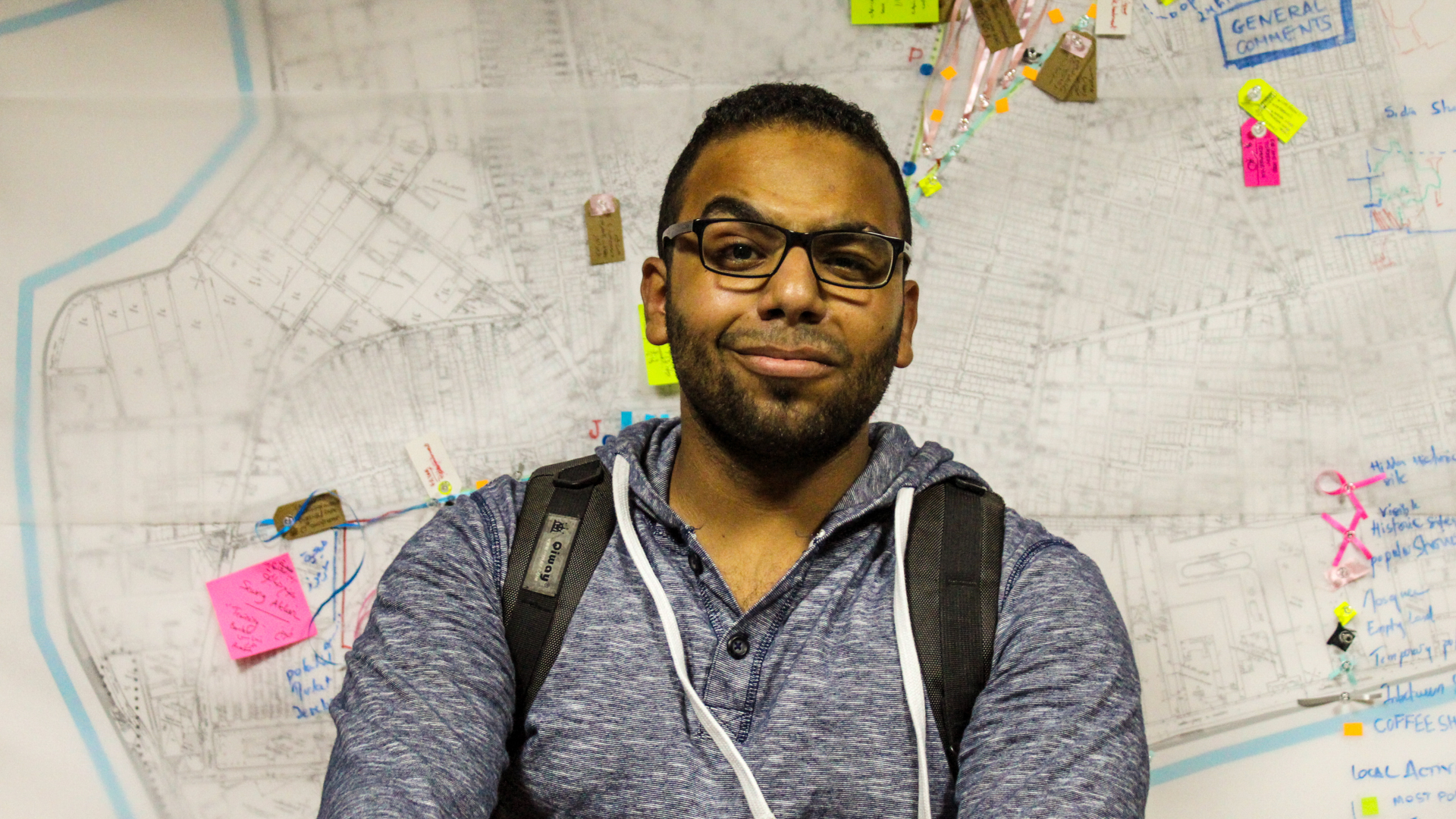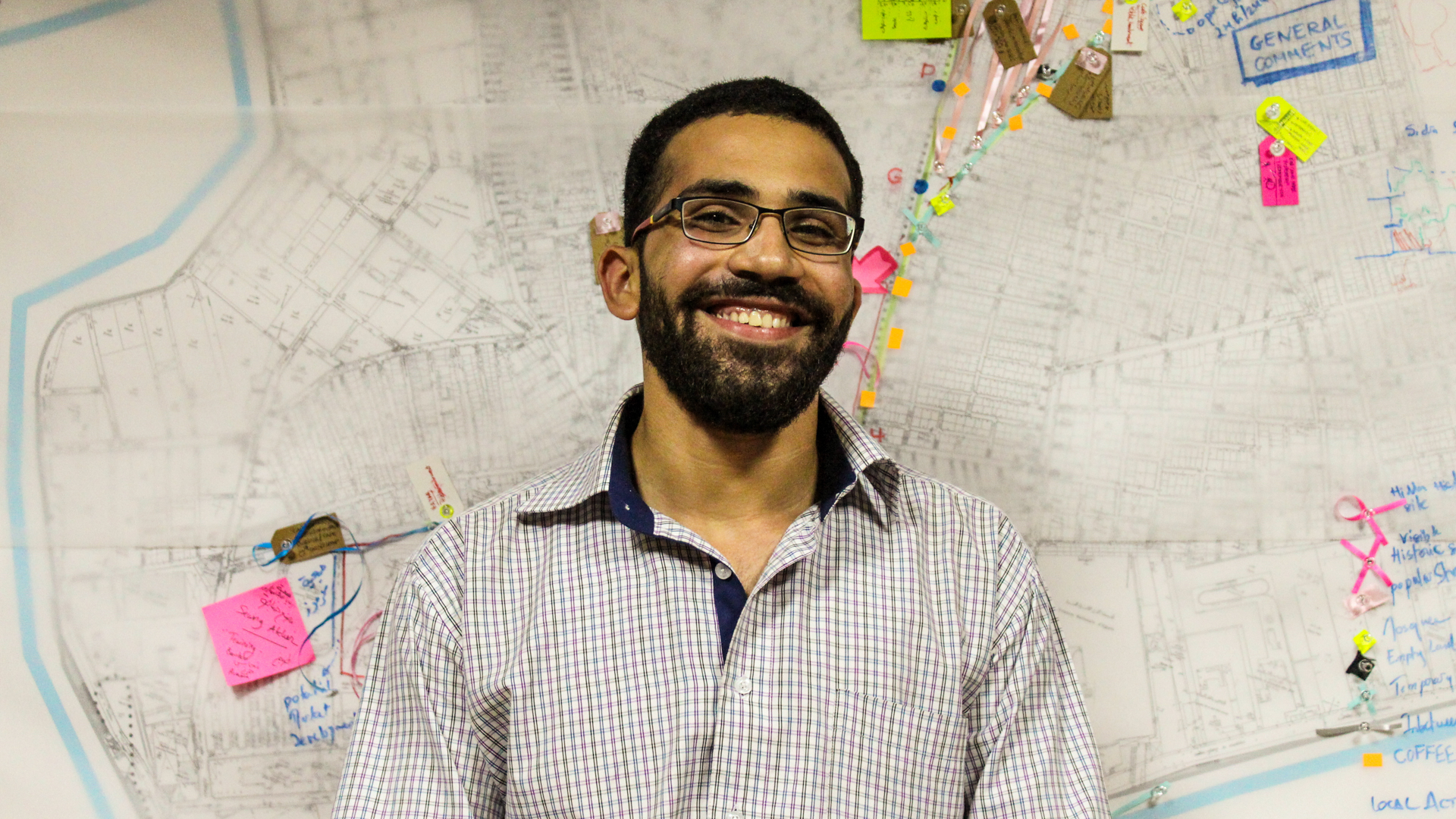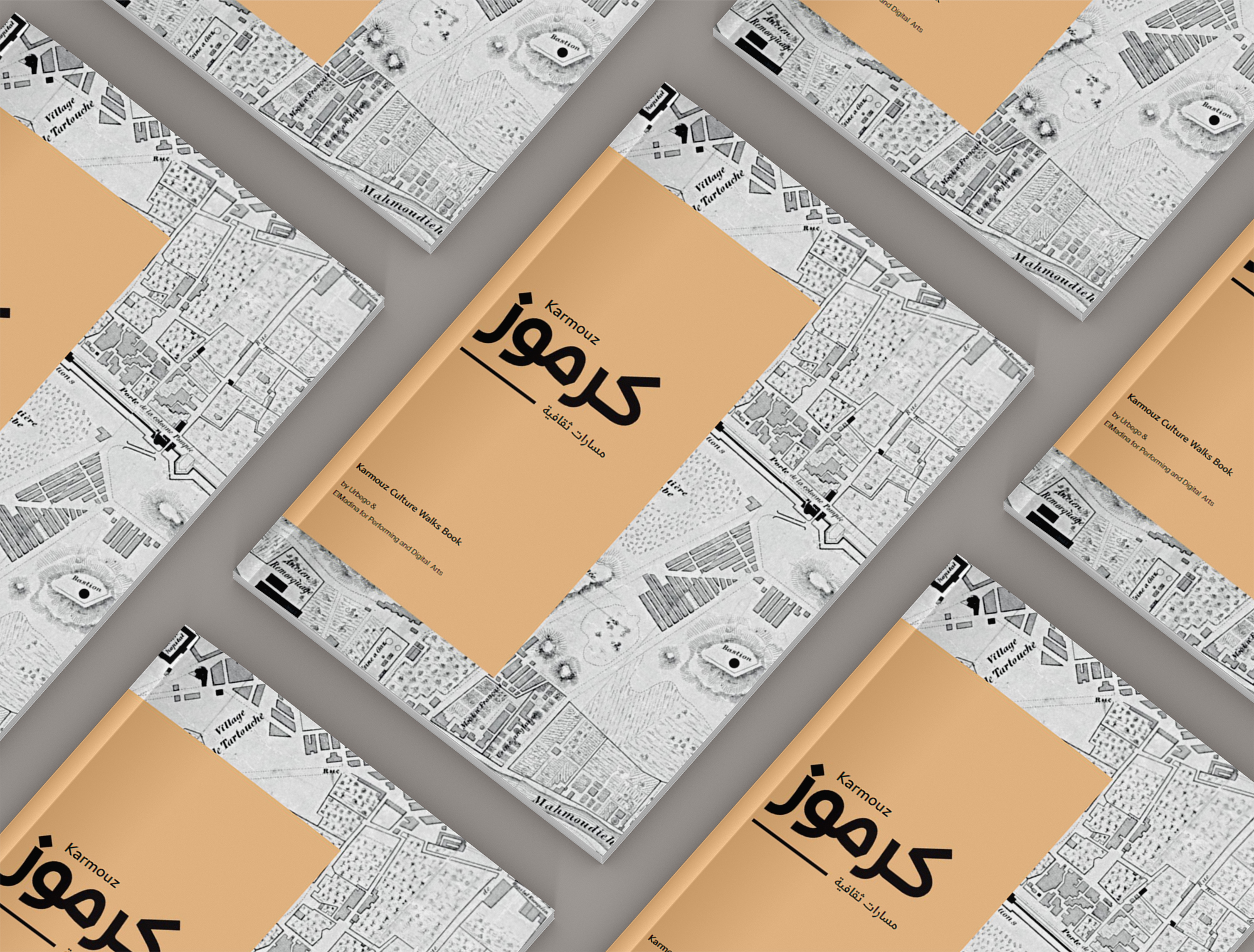BACKGROUND
Culture has the power to stimulate civilizational change. Arts and culture are recognized tools for community participation. Unfortunately, our country suffers from the lack of cultural and artistic spaces. Perhaps because traditional buildings such as, theatres, cinemas, etc. cost a lot to be built and equipped. The inability to find places to practice arts and culture affects our environment and ways of living. Thus, seeing aspects of chaos and notoriety quite a lot as a result in certain areas.
This affects the community in dealing with the people of these areas. Hence, it affects their economic and social life. Recent efforts by the State are evident in improving the status of low-income areas and villages. However, there is still a lack of culture and art in these areas. That’s why we introduced SAWP! Which is a space for growth and development that comes as a strategic solution to this problem.
